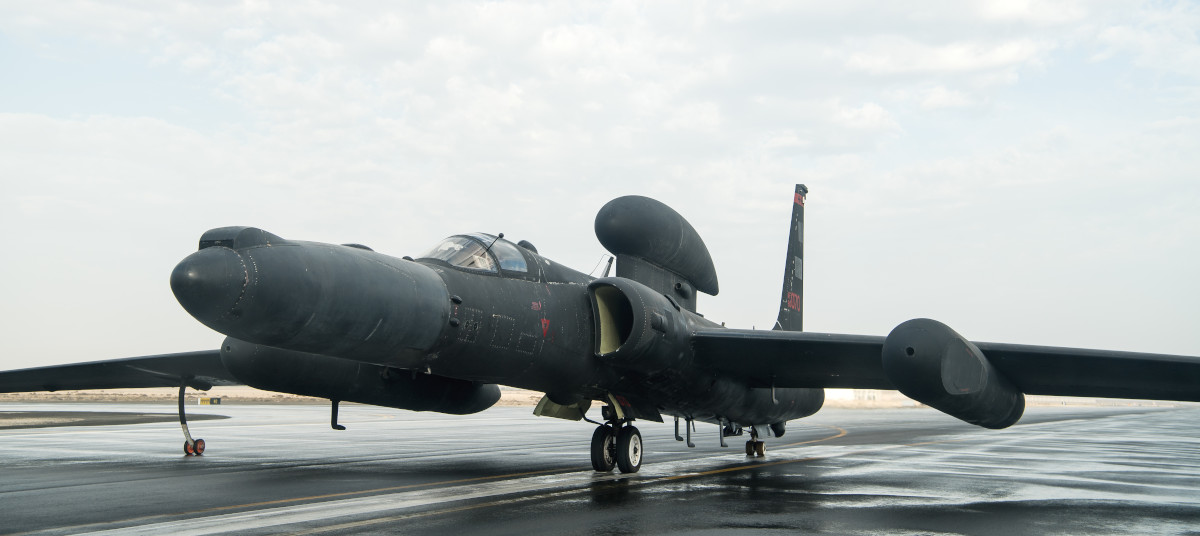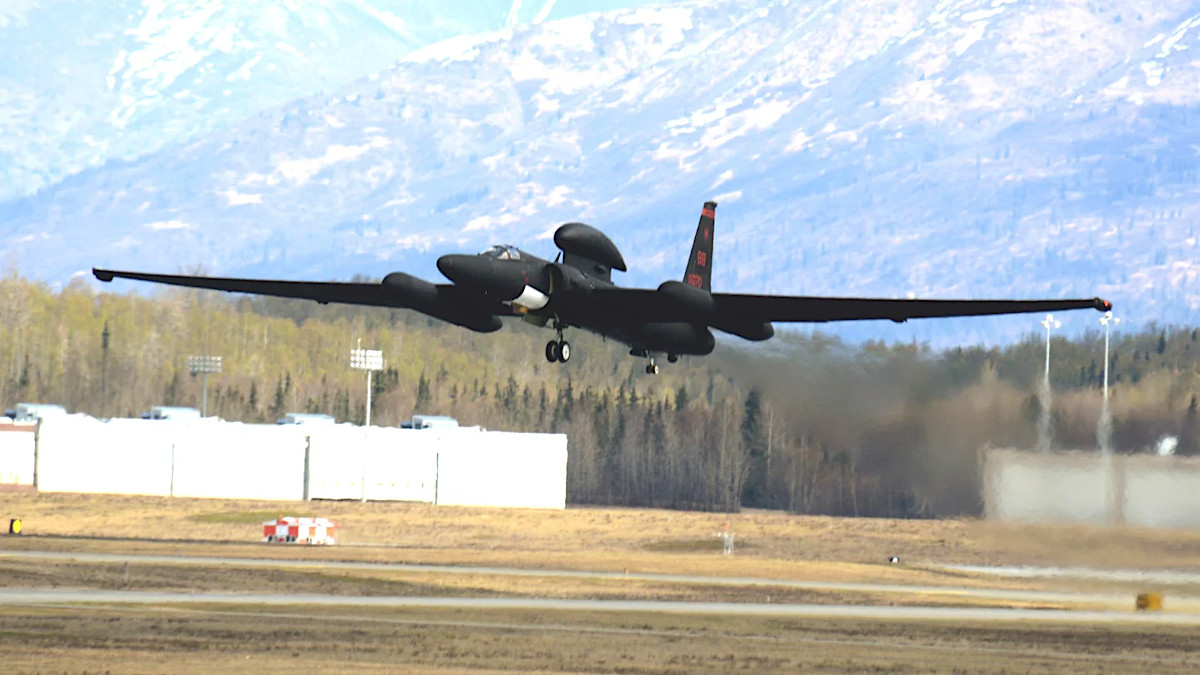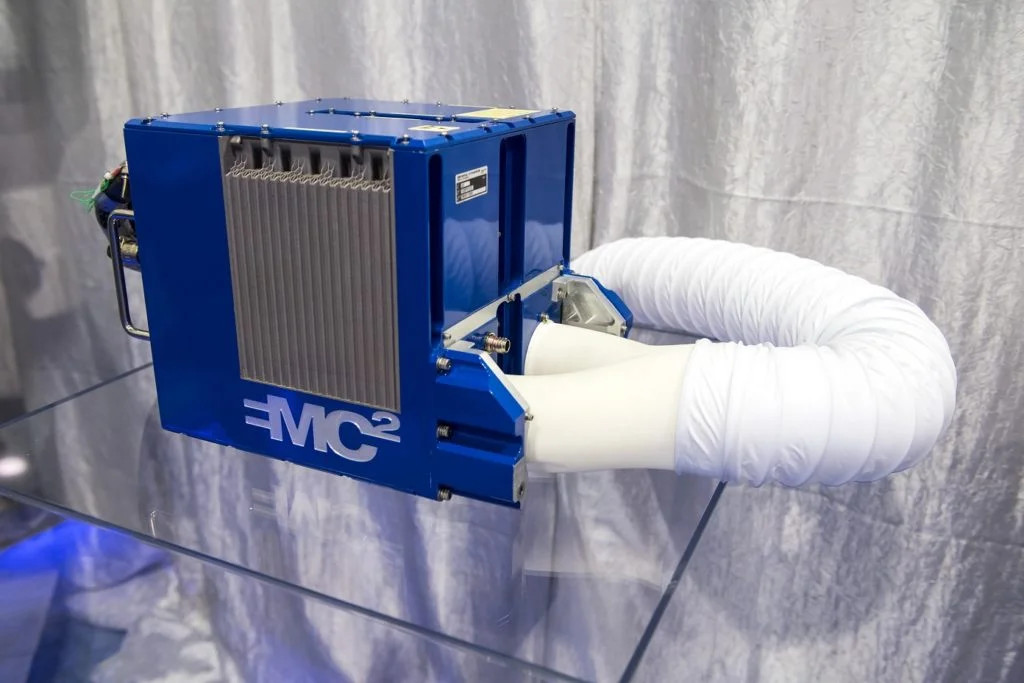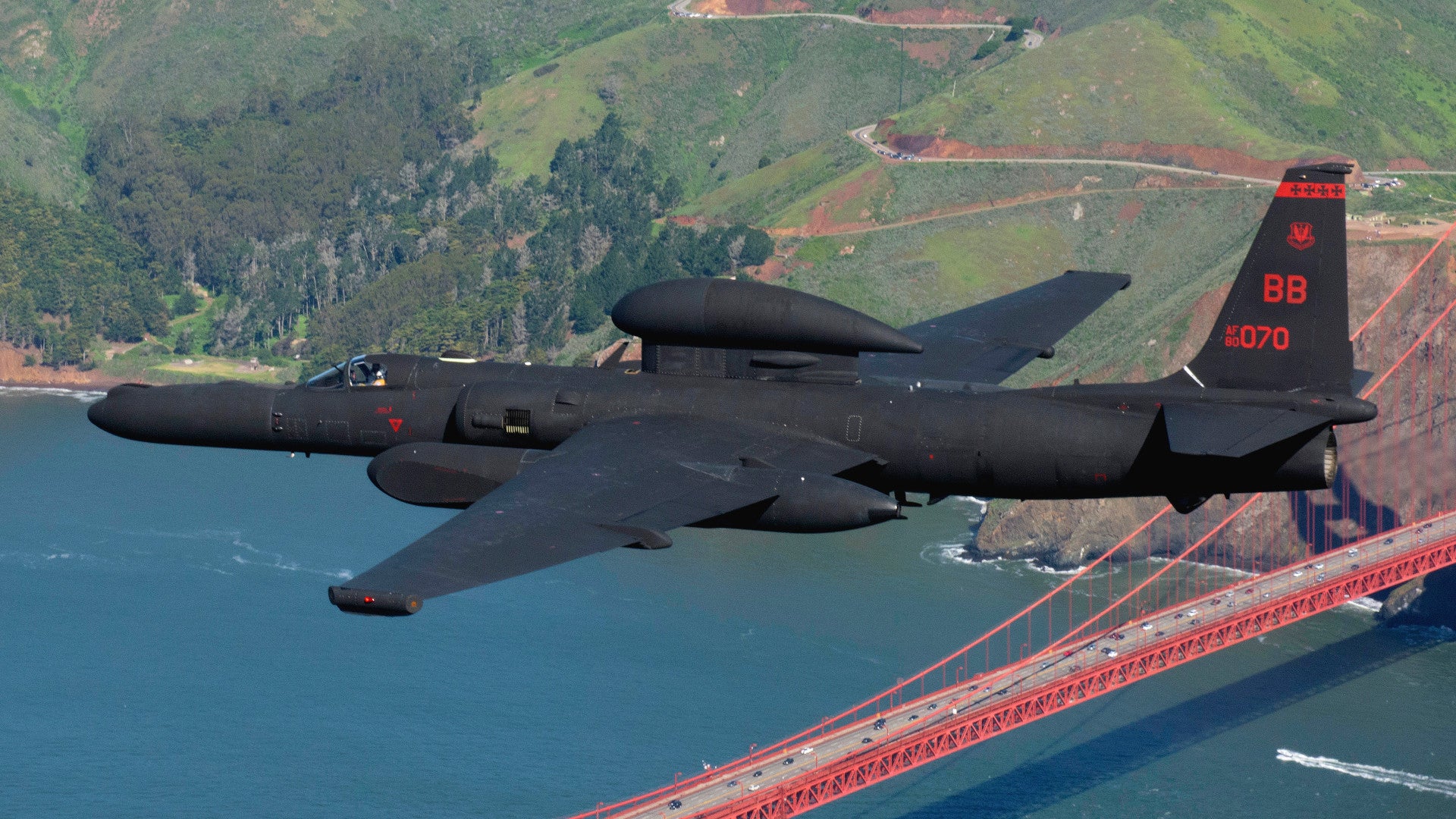Lockheed Martin’s Skunk Works advanced projects division recently demonstrated the ability of a U-2S Dragon Lady spy plane to remotely use computers on the ground to help process data from onboard sensors and other systems in flight. The U-2S did this by leveraging a system that Skunk Works and the U.S. Air Force recently used to show how these aircraft, as well as others, will be able to receive updates for their mission computers, including new code to add previously unavailable functionality, in mid-air in the future.
This “distributed processing” flight test took place in November, according to Skunk Works. The U-2S involved was able to establish a link to “a ground node” via a computer cloud, through which it was able to better disseminate sensor information. Doing this allowed the aircraft to make use of additional computer processing power offboard the aircraft.

“The U-2 Kubernetes demonstration from mid-November not only advances the deployment pipeline for in-flight software upgrades but also operationally extends the computational resources for mission execution,” Jeff Babione, the Vice President and General Manager of Lockheed Martin’s Skunk Works, said in a statement. “This additional capability makes it possible for the warfighter to quickly adapt to changing threat environments without costly or time-consuming system upgrades.”
The cloud computer software on the U-2S was installed via Kubernetes, which is described as an “open-source container-orchestration system” that supports the automated installing, modification, and updating of programs. Skunk Works said that this configuration had been previously used in another demonstration, called OpenAirKube, in August. This appears to be a reference to a first-of-its-kind in-flight software updating test involving a U-2S that the Air Force first publicly disclosed in October and that you can read more about in this past War Zone piece.
Skunk Works has also now disclosed that this software has been installed on the aircraft via its Enterprise Open System Architecture Mission Computer (EMC2), also known as the Einstein Box. EMC2 made its public debut in 2017 and is under development as part of an upgrade package for the Air Force’s entire Dragon Lady fleet.

EMC2 is designed to be compliant with the Air Force’s Open Mission Systems standards, which it first formalized in 2014. The broad goal of this effort has been to develop open-architecture systems that can be rapidly updated to improve their capabilities and add in new functionality.
In the past, EMC2 has been primarily described as a communications and datalink gateway for the rapid dissemination of information, which also allows the U-2S to act as a relay for data between other platforms. Previous tests of Dragon Ladies carrying this mission computer have demonstrated how it could provide a link to enable the retasking of missiles from one target to another in flight, as well as providing individuals on the ground a means to remotely reorient sensors on the aircraft in mid-air.
This latest test showed how EMC2, using software installed through Kubernetes, could help expand the U-2S’ own capabilities to sift through sensor data it collects in order to provide useful intelligence in a timely manner. The Air Force, among others, has increasingly come to realize that the figurative mountain of information that ever-more-powerful intelligence, surveillance, and reconnaissance (ISR) systems can scoop up is both a blessing and a curse.

Just with regards to imagery, “sensors have rapidly increased in fidelity, and are now able to collect vast quantities of data, which must be analyzed promptly to provide mission-critical information,” a 2018 white paper on Agile Condor, a podded targeting computer for drones that SRC, Inc. is developing for the Air Force, explains. “In-mission data transfers … can provide data more quickly, but this method requires more power and available bandwidth to send data.”
It is worth noting that Agile Condor, which you can read about in more detail in this past War Zone piece, also includes artificial intelligence-driven capabilities to parse through imagery or other information quickly initially, automatically discarding data that is “empty” of items of interest best on established parameters.
Still, the core issues it is meant to address apply equally to the U-2S and other ISR platforms and aren’t only limited to the processing and transferring of imagery in near-real-time. One option to address the need for extra computing power is to add additional physical hardware, such as Agile Condor, onto the aircraft. What Skunk Works has now demonstrated is a way to provide increased computing capacity, but only as needed and without necessarily requiring the addition of large amounts of additional equipment.
Skunk Works told The War Zone that this distributed computing capability wouldn’t necessarily be limited to processing sensor data, either. It could also help with “mission plans” and “other high processing demand activities” in flight. These kinds of processing demands are only likely to grow in the future.
At the same time, physical space and total payload weight capacity, as well as the power needed for increasingly more advanced electronic systems and the cooling requirements that go along with them, will be generally at a premium on combat aircraft. This could make this cloud-computing package a very important capability for U.S. military aviation communities, broadly, as time goes on if the required equipment and software can be scaled down sufficiently, both physically and in terms of cost. With all this in mind, one would imagine that this capability might potentially have applications for other platforms on the ground, at sea, or even in space.
The Air Force’s previous experimentation around using Kubernetes on the U-2S has already shown an exciting path to adding possibly game-changing capabilities to various kinds of aircraft through dynamic, in-flight software updating. Skunk Works has now shown that those same systems may also offer a gateway to expand on existing functionality without necessarily having to make major additions to any onboard computer software package.
All told, it will be very interesting to see where Skunk Works, as well as the Air Force, take this Kubernetes-enabled technology they’re developing for the U-2S next and how the capabilities being demonstrated will find its way onto other platforms in the future.
Contact the author: joe@thedrive.com
